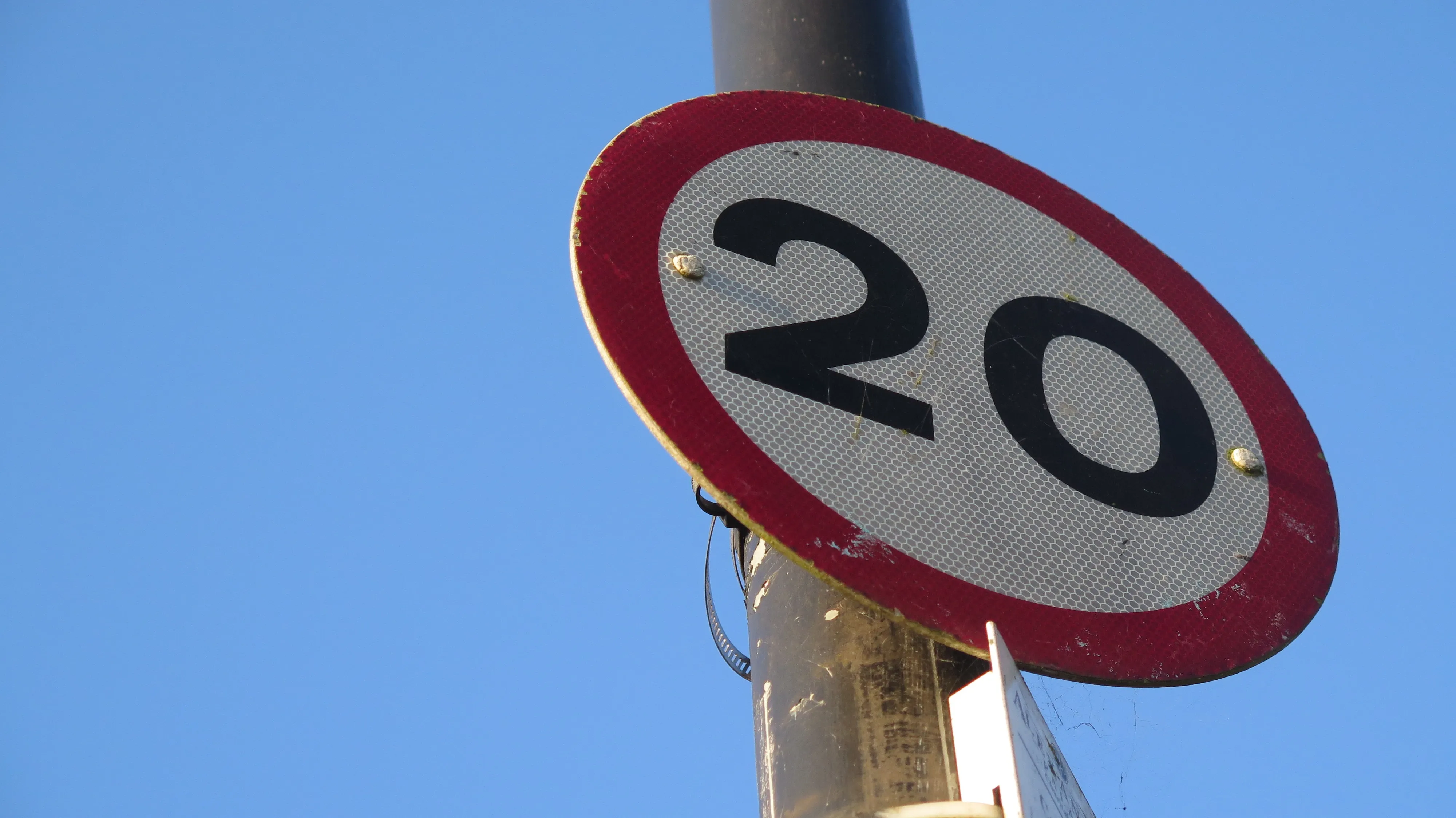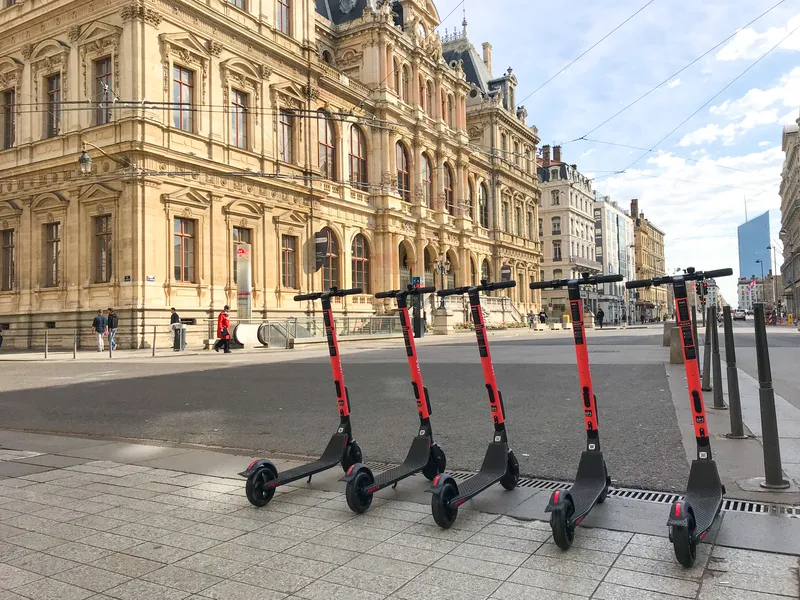Zero tolerance on drink driving, additional hazard perception training and graduated forms of licensing should become the norm to help tackle the risks faced by young drivers and motorcycle riders in Europe, according to the YEARS report (Young Europeans Acting for Road Safety.
More than 3,800 young people (aged 18-24) are killed each year on EU roads – the biggest single cause of death for this age group. A report by the European Transport Safety Council (ETSC) and the UK Parliamentary Advisory Council
January 26, 2017
Read time: 3 mins
Zero tolerance on drink driving, additional hazard perception training and graduated forms of licensing should become the norm to help tackle the risks faced by young drivers and motorcycle riders in Europe, according to the YEARS report (Young Europeans Acting for Road Safety.
More than 3,800 young people (aged 18-24) are killed each year on EU roads – the biggest single cause of death for this age group. A report by the European Transport Safety Council (ETSC) and the UK Parliamentary Advisory Council for Transport Safety (PACTS) indicates young people continue to face a unique combination of factors that leads to a higher rate of collisions and deaths.
Young riders are particularly at risk, with deaths for moped riders peaking between the ages of 15 and 17 and for motorcycle riders between 18 and 24.
A lack of experience on the road also means that young people are worse at anticipating and reacting to hazards and less aware of how best to drive and ride in particular road conditions and situations. They also face a range of distractions and impairments, including exposure to alcohol and drugs, fatigue, pressure from peer-age passengers and mobile phone use.
They tend to drive smaller and older vehicles, which often have a lower crashworthiness star rating and lack the safety technologies featured in newer models. The use of seat belts and protective clothing is also poor amongst young people.
The UK, which has a minimum solo driving age of 17, has a good overall road safety record but as in many other European countries, young motorcyclists and drivers form a disproportionately high percentage of deaths.
Most other countries in Europe do not allow young people to drive unsupervised until they are 18, with longer periods between beginning to learn to drive and driving solo, allowing them to build up more driving experience before taking their test.
However, the UK has also been leading the way when it comes to hazard perception testing and telematics-based insurance for young drivers.
The report makes a number of key recommendations for urgent action including: Better enforcement of speed and drink-drive limits, seat belt wearing and mobile phone use and lowering the alcohol limit for young drivers. It also recommends encouraging more accompanied driving to help young people gain experience; adopting licensing systems that encourage young people to gain experience while limiting high-risk activities such as driving at night and with passengers and a greater focus on safety initiatives. The report also suggests enabling and encouraging young people to use safer cars.
Commenting on the report, David Davies, executive director of the UK Parliamentary Advisory Council for Transport Safety, called on policymakers to commit to introducing proven measures that can help reduce the risks.
He said, “The UK has led the way in Europe in aspects of improving the safety of young road users, including hazard perception testing and telematics-based insurance. PACTS welcome the current proposals by the Government and DVSA to change the driving test and improve motorcycle training.”
However, he said more could and should be done including encouraging young people to use safer cars, get more experience before taking the test and lowering the drink-drive limit for younger drivers.
He concluded, “Traffic law enforcement of speed, seat-belt wearing, mobile phone use and drink/drug driving are particularly important to the safety of young road users. The reduction in police enforcement is very worrying.”
More than 3,800 young people (aged 18-24) are killed each year on EU roads – the biggest single cause of death for this age group. A report by the European Transport Safety Council (ETSC) and the UK Parliamentary Advisory Council for Transport Safety (PACTS) indicates young people continue to face a unique combination of factors that leads to a higher rate of collisions and deaths.
Young riders are particularly at risk, with deaths for moped riders peaking between the ages of 15 and 17 and for motorcycle riders between 18 and 24.
A lack of experience on the road also means that young people are worse at anticipating and reacting to hazards and less aware of how best to drive and ride in particular road conditions and situations. They also face a range of distractions and impairments, including exposure to alcohol and drugs, fatigue, pressure from peer-age passengers and mobile phone use.
They tend to drive smaller and older vehicles, which often have a lower crashworthiness star rating and lack the safety technologies featured in newer models. The use of seat belts and protective clothing is also poor amongst young people.
The UK, which has a minimum solo driving age of 17, has a good overall road safety record but as in many other European countries, young motorcyclists and drivers form a disproportionately high percentage of deaths.
Most other countries in Europe do not allow young people to drive unsupervised until they are 18, with longer periods between beginning to learn to drive and driving solo, allowing them to build up more driving experience before taking their test.
However, the UK has also been leading the way when it comes to hazard perception testing and telematics-based insurance for young drivers.
The report makes a number of key recommendations for urgent action including: Better enforcement of speed and drink-drive limits, seat belt wearing and mobile phone use and lowering the alcohol limit for young drivers. It also recommends encouraging more accompanied driving to help young people gain experience; adopting licensing systems that encourage young people to gain experience while limiting high-risk activities such as driving at night and with passengers and a greater focus on safety initiatives. The report also suggests enabling and encouraging young people to use safer cars.
Commenting on the report, David Davies, executive director of the UK Parliamentary Advisory Council for Transport Safety, called on policymakers to commit to introducing proven measures that can help reduce the risks.
He said, “The UK has led the way in Europe in aspects of improving the safety of young road users, including hazard perception testing and telematics-based insurance. PACTS welcome the current proposals by the Government and DVSA to change the driving test and improve motorcycle training.”
However, he said more could and should be done including encouraging young people to use safer cars, get more experience before taking the test and lowering the drink-drive limit for younger drivers.
He concluded, “Traffic law enforcement of speed, seat-belt wearing, mobile phone use and drink/drug driving are particularly important to the safety of young road users. The reduction in police enforcement is very worrying.”









